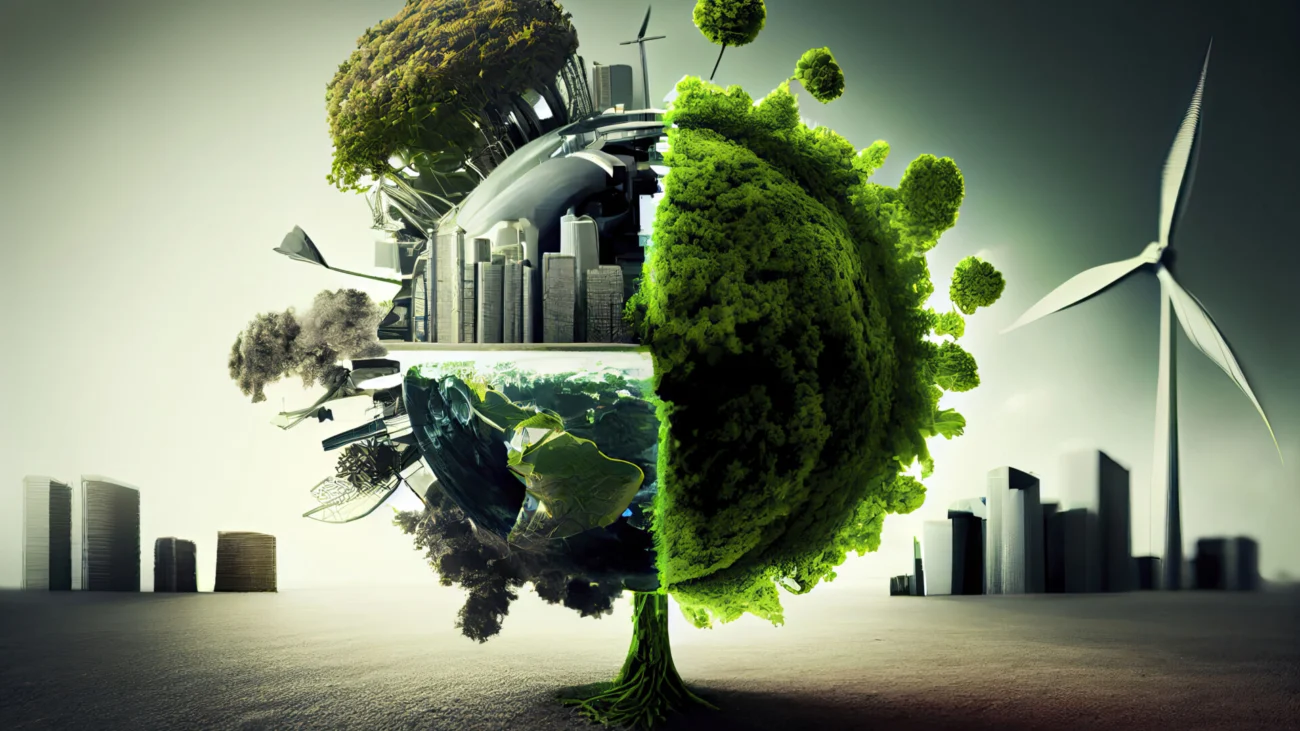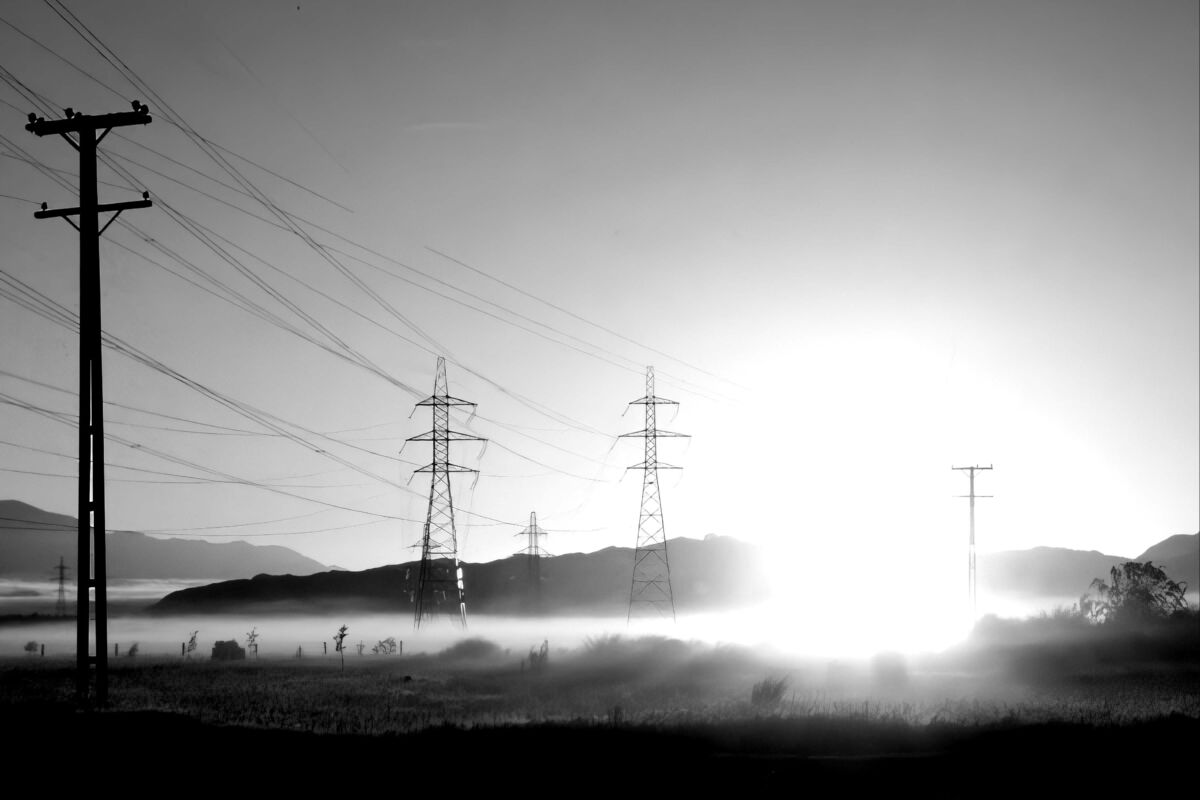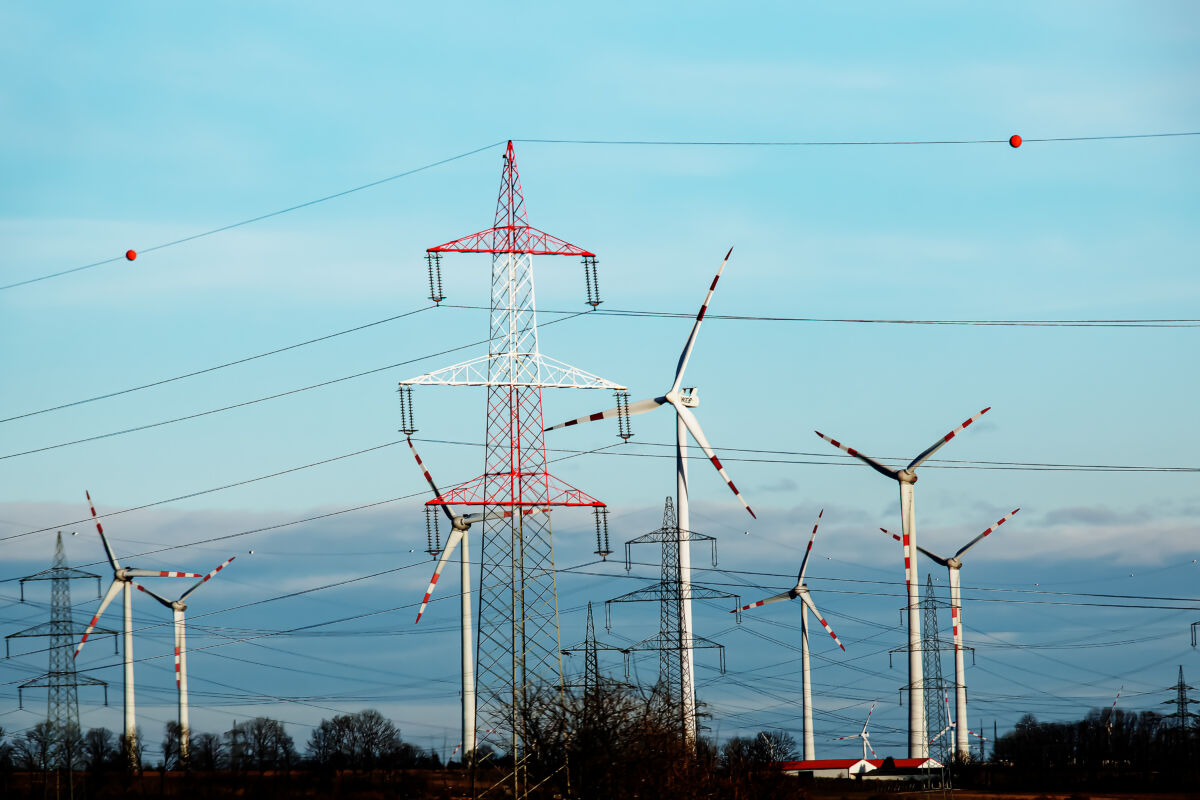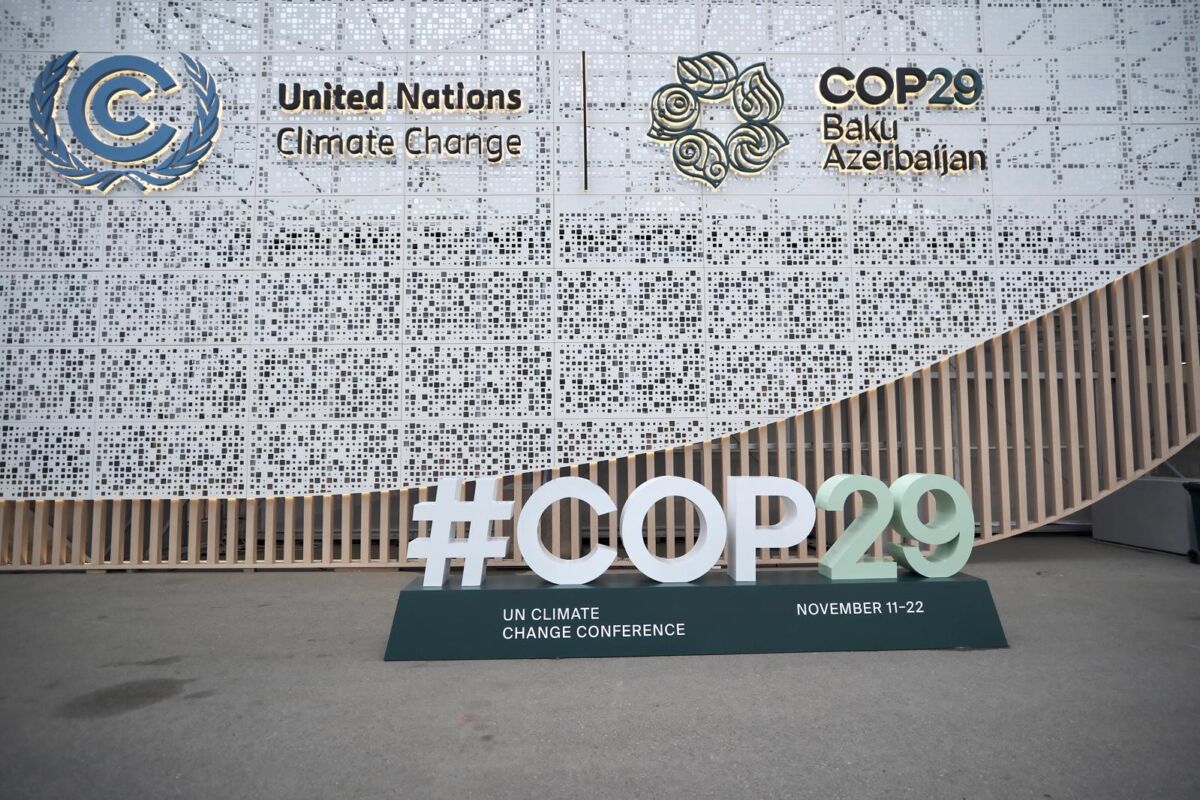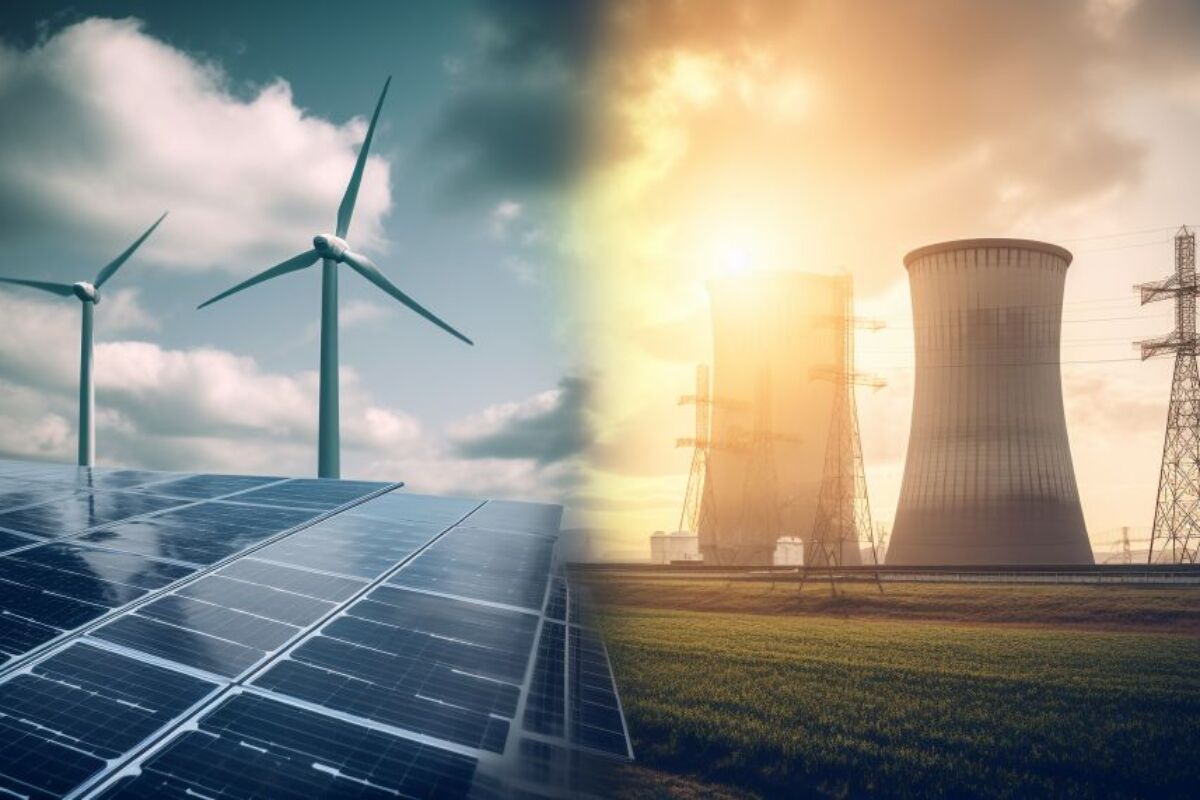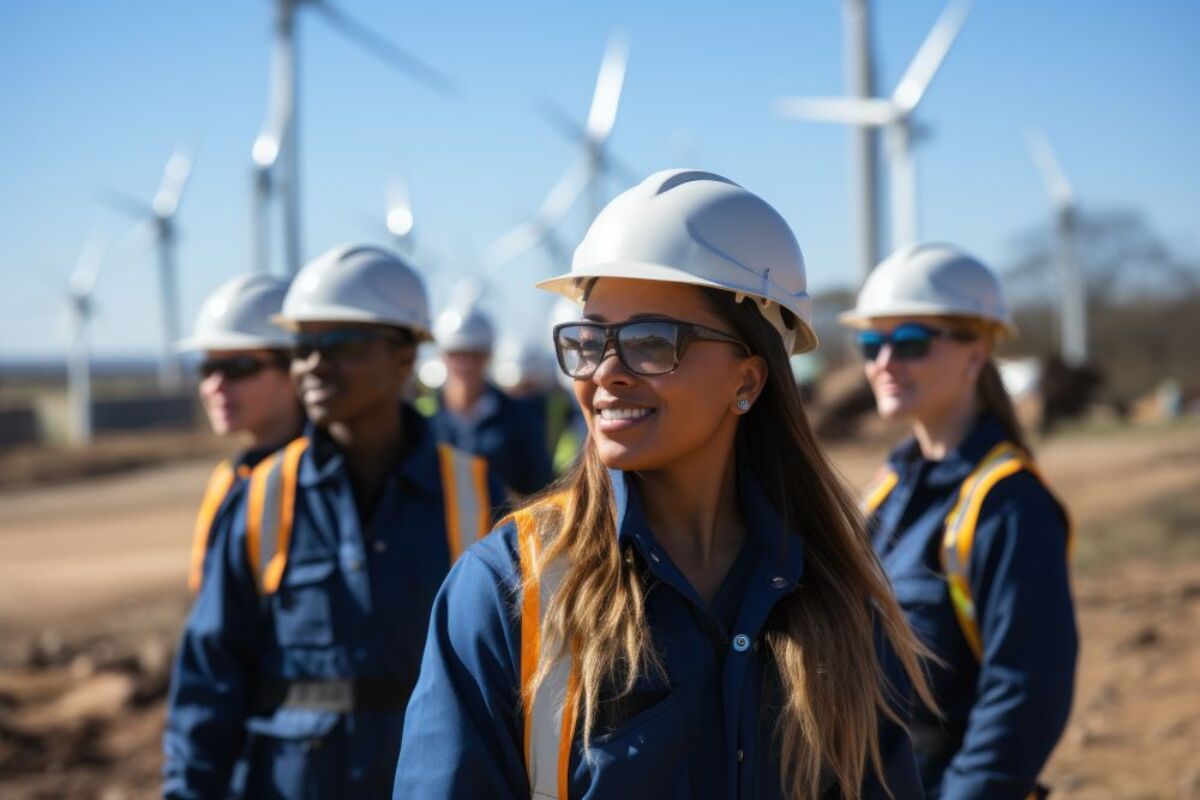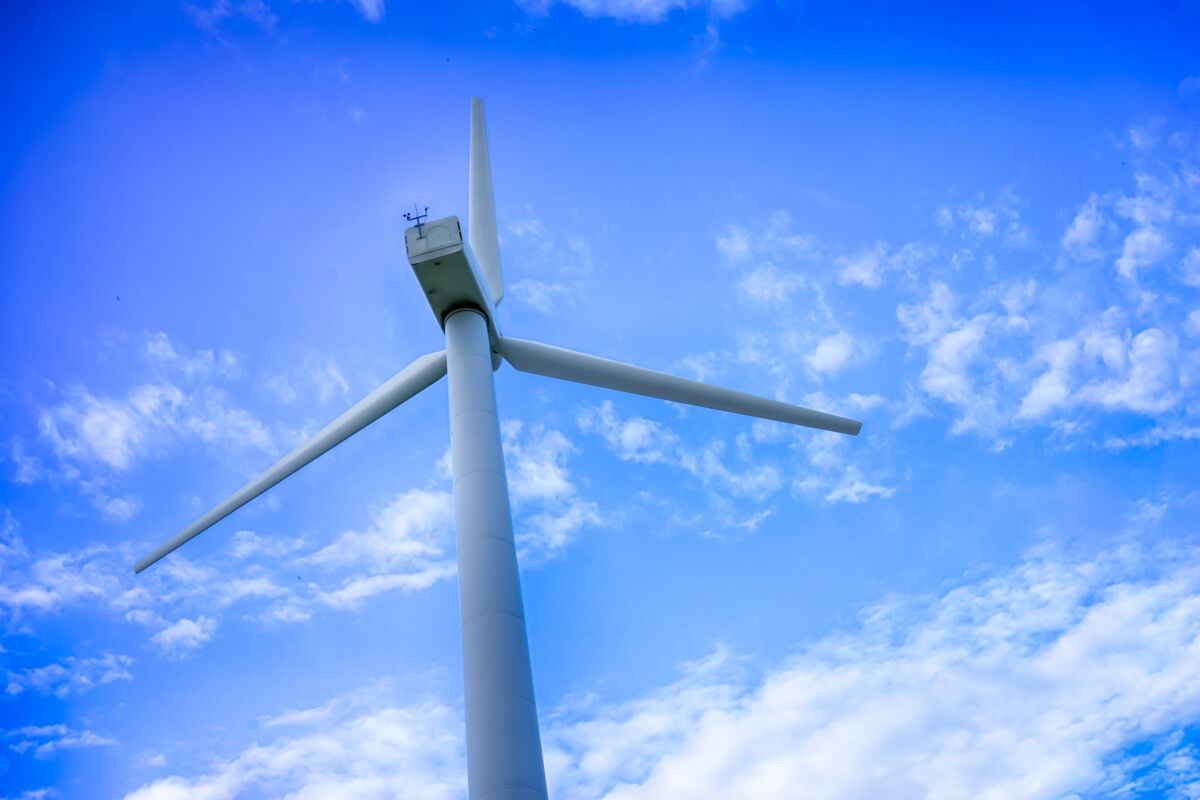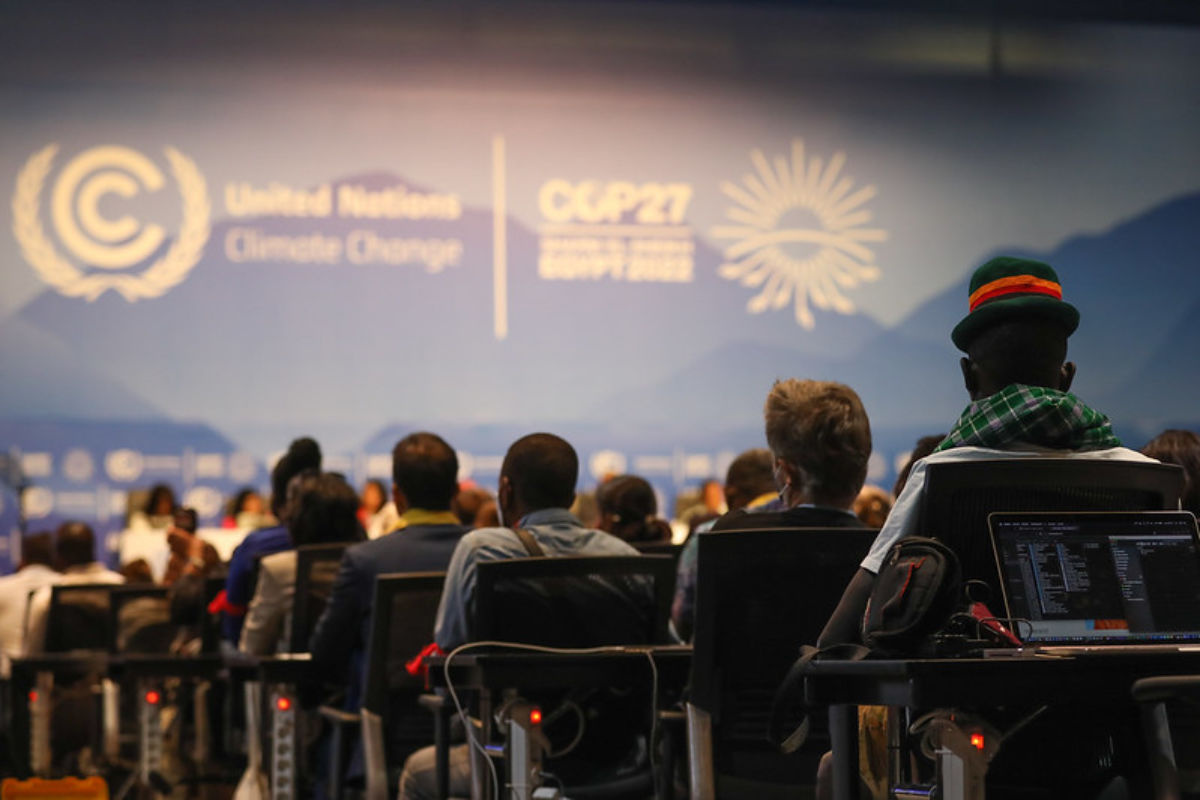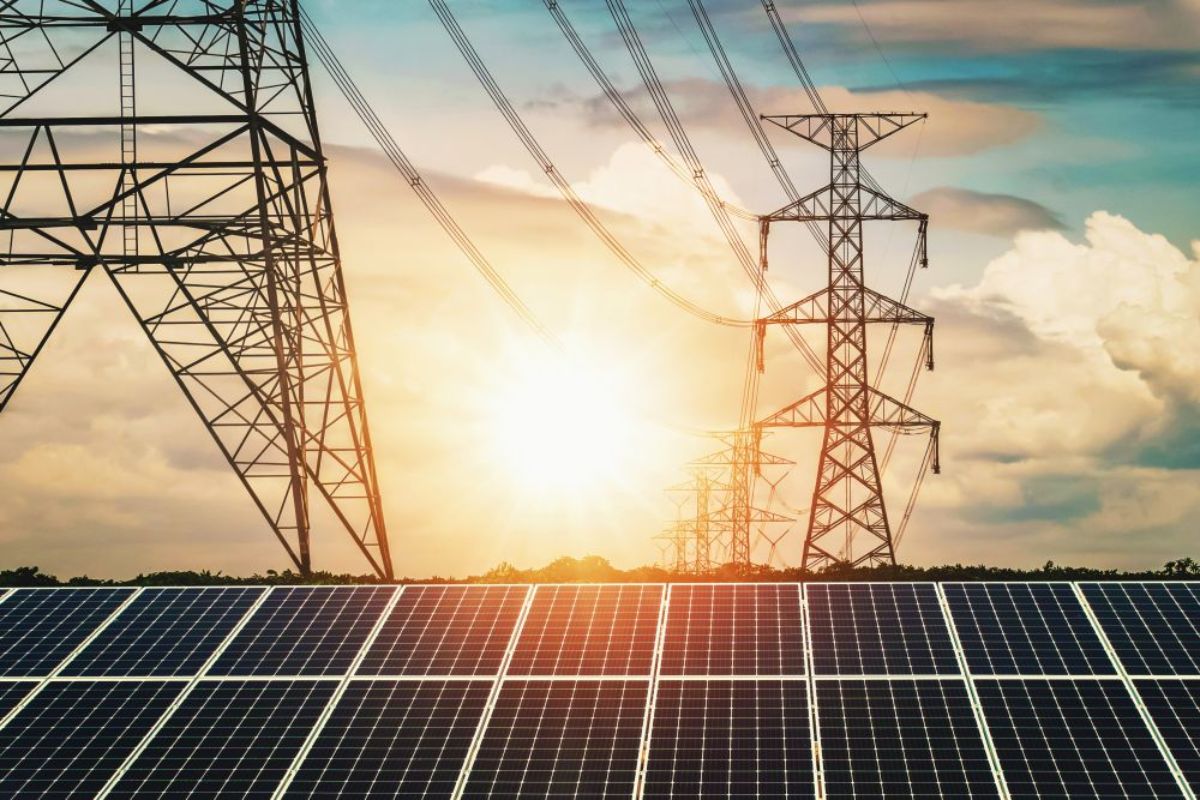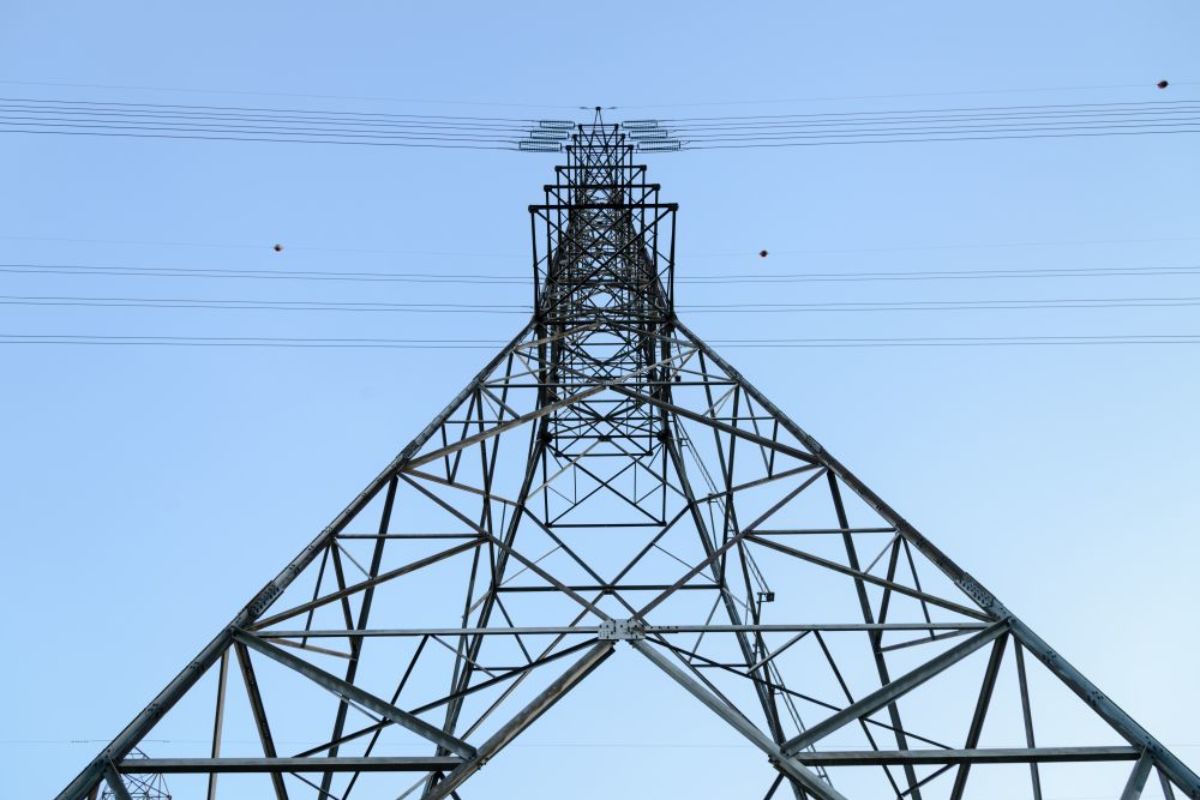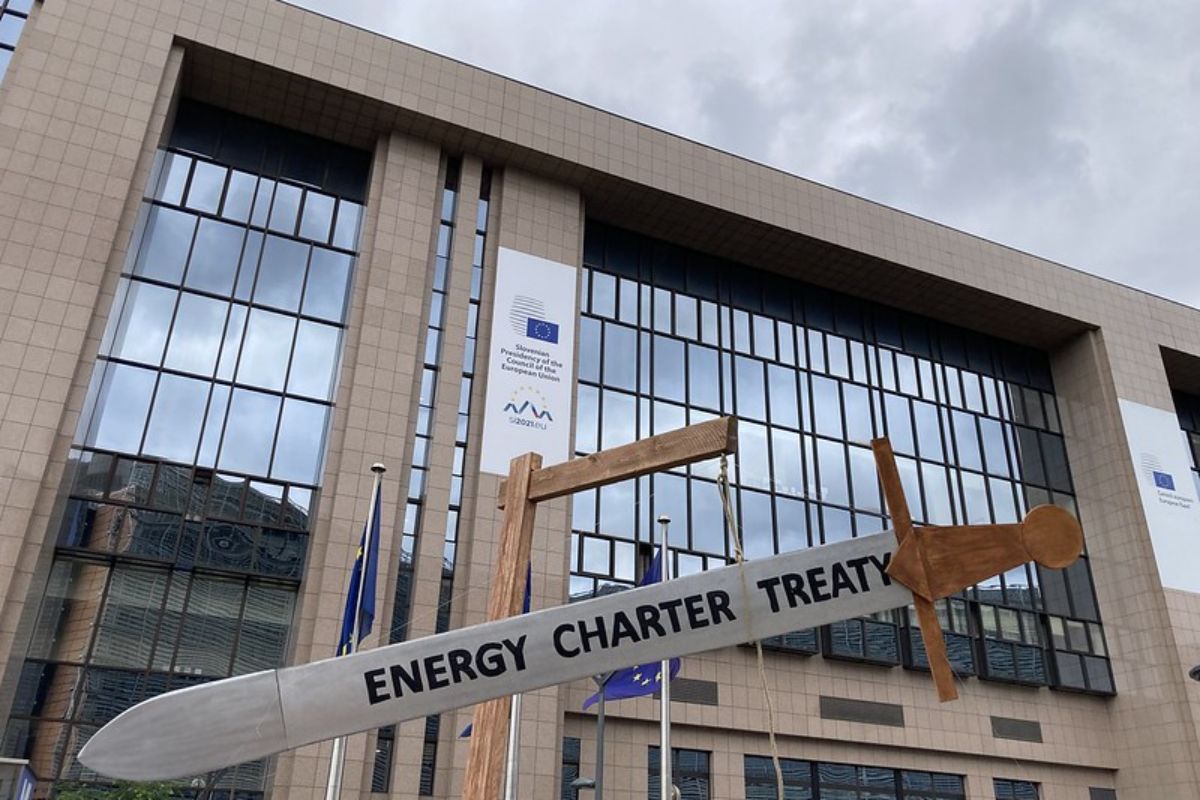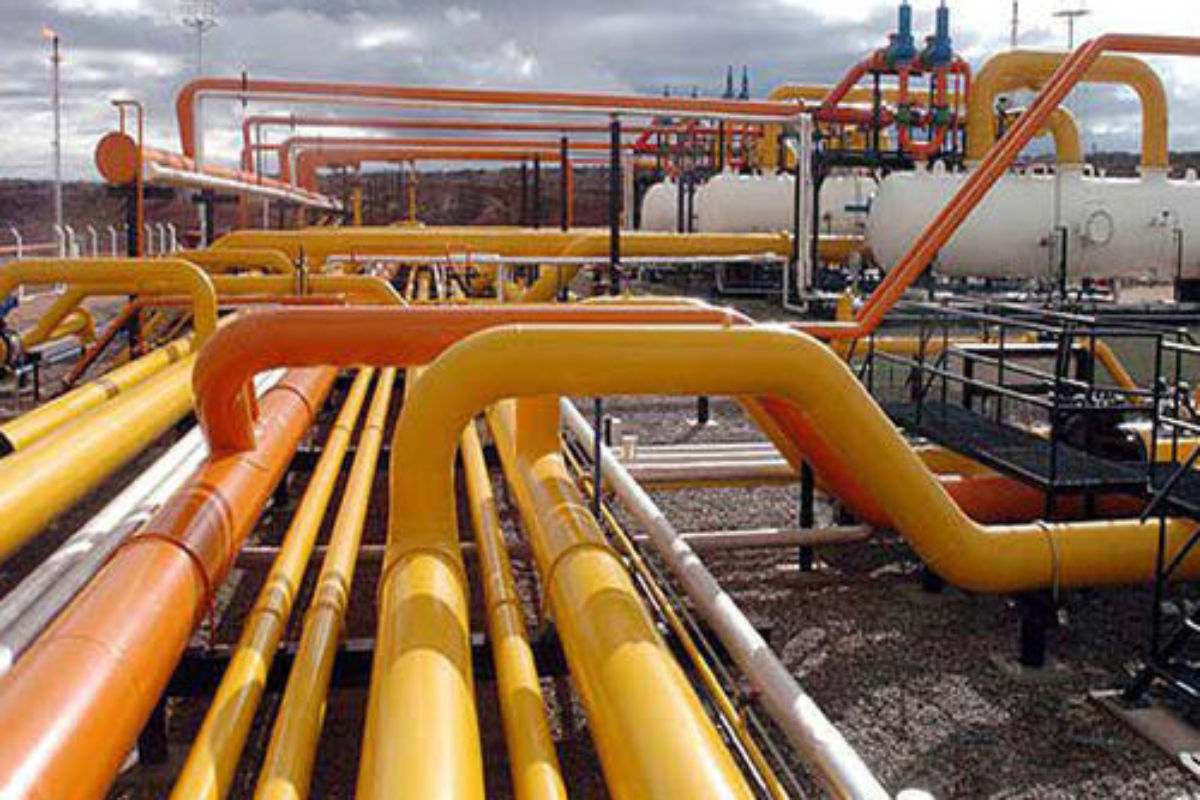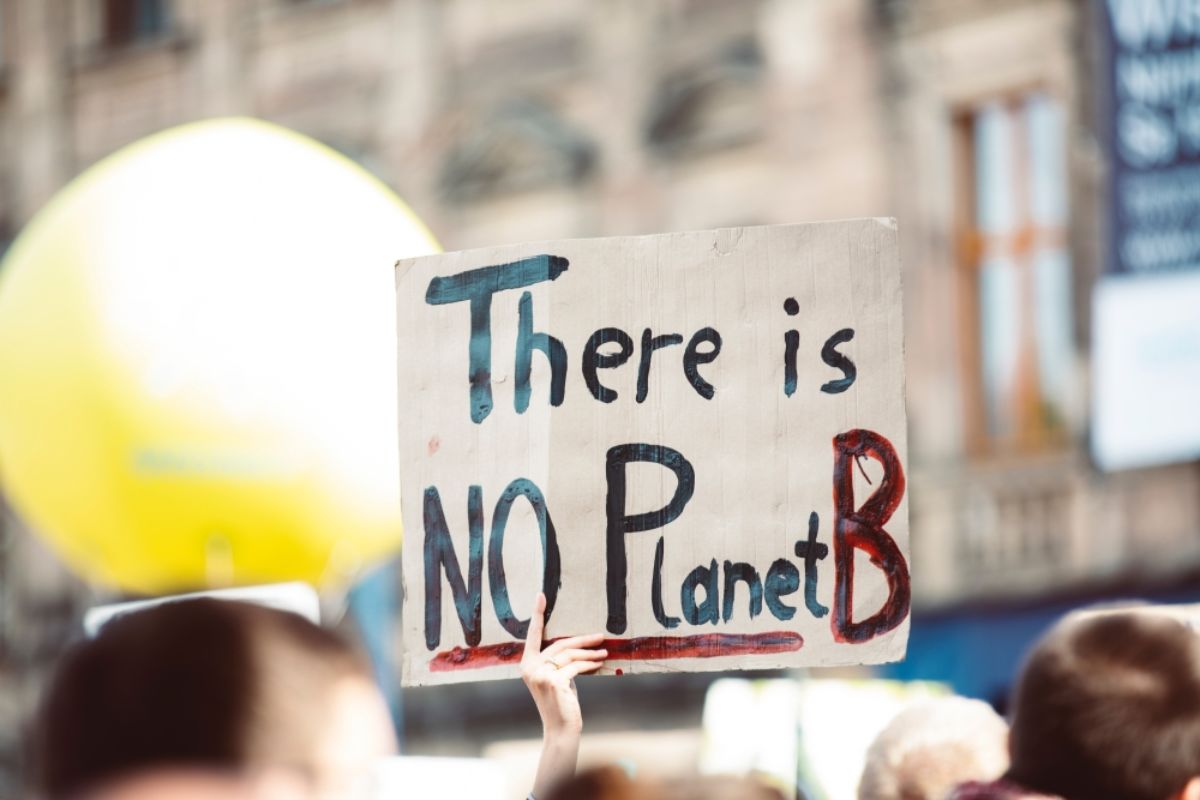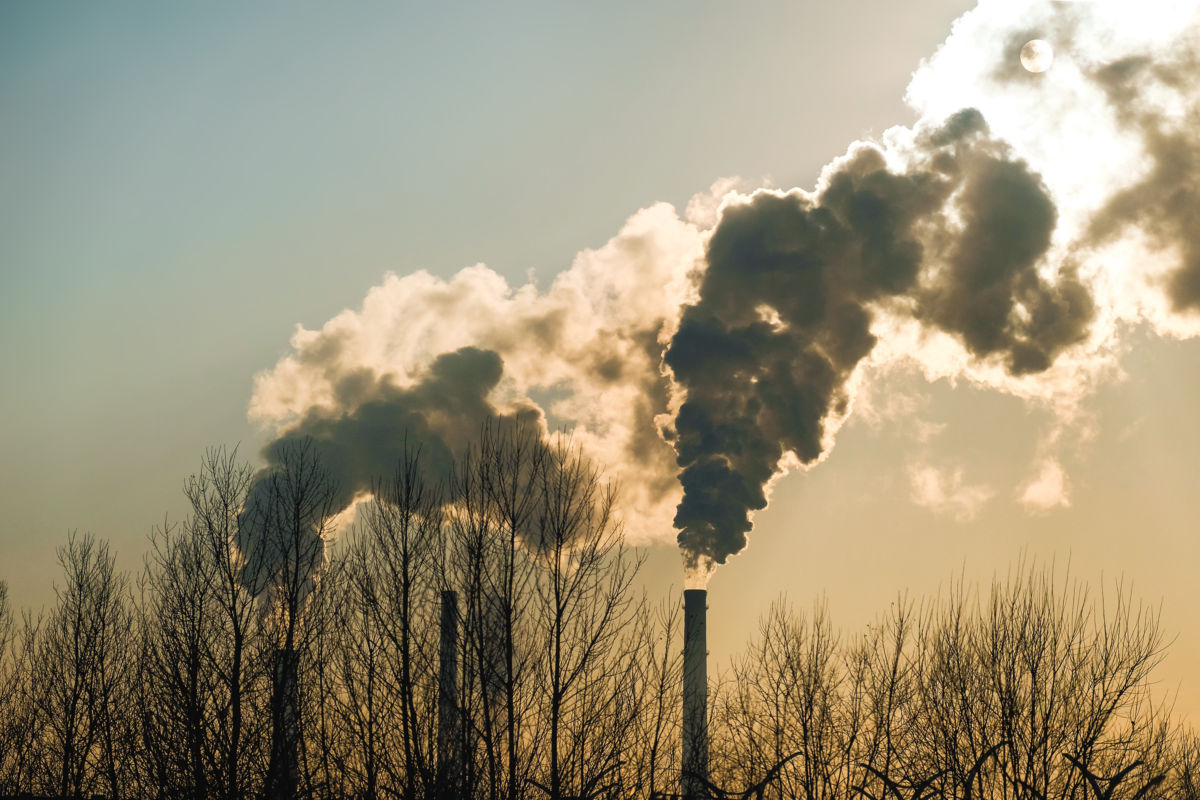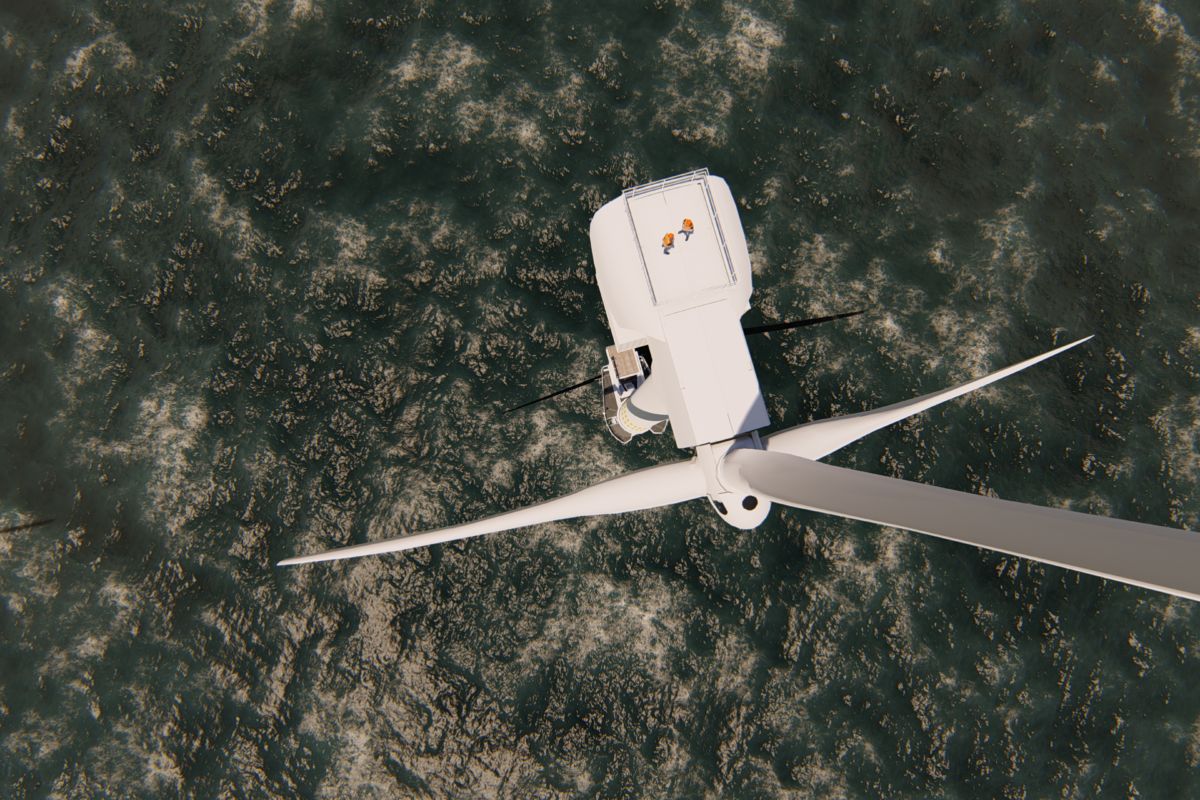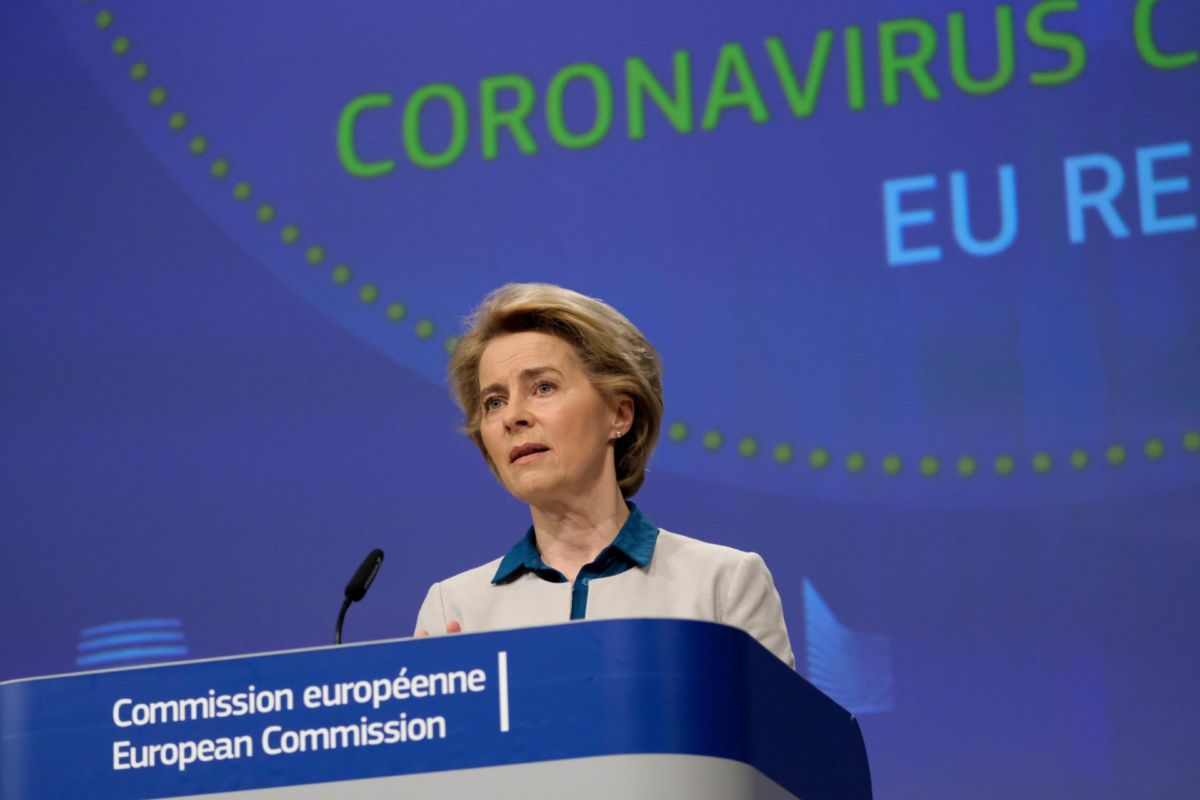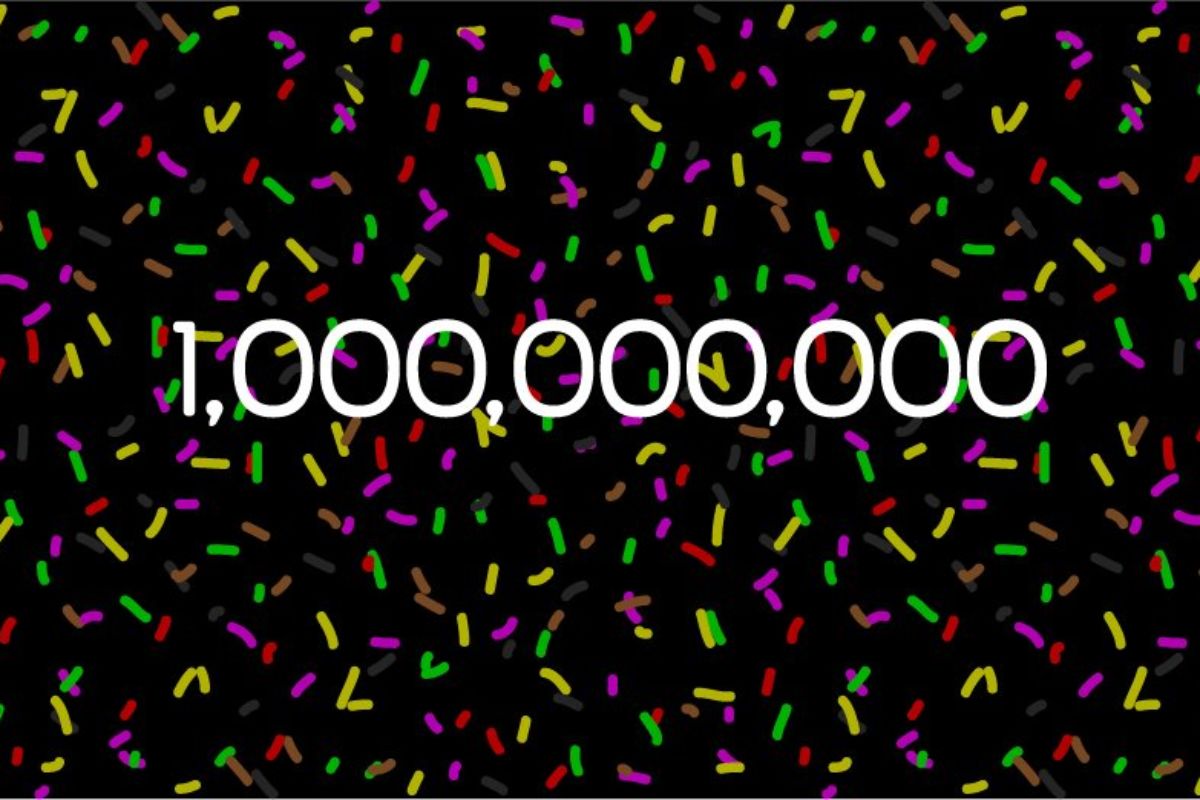The Paris Agreement builds on the assumption that countries can move at different speeds along different paths yet ultimately arrive at the shared goal of staying ‘well below 2°C’.
Ten years later, the hope that these pathways would naturally converge now seems overly optimistic. But the EU can – and should – play a pivotal role in bringing countries back together.
Substantial support for the EU’s partner countries to pursue a clean and just transition will be needed for this. Yet the likelihood of mobilising more climate finance without new solutions remains limited, both internationally and within the EU.
The EU’s renewed (but still cautious) openness to international carbon credits – possibly including transition credits – could be one solution, contributing not only to its own targets but also helping to deepen its international partnerships.
Coal’s shadow over the global clean transition path
The transition away from fossil-based energy is the foundation of any credible decarbonisation strategy. However, it’s also the crossroads where countries seem to part ways.
In advanced economies, reducing energy-related emissions is essentially about electrification, including the scaling up of low-carbon power such as renewables and nuclear, while closing coal plants – sometimes with gas serving as a transitional fuel.
For developing and emerging economies, the central challenge is to phase out coal while meeting fast-growing domestic energy demand through low-carbon alternatives. It’s here where the EU can make a difference.
This challenge is particularly visible in fast-growing economies. India is expanding renewable energy more rapidly than any other major economy this decade, yet its coal demand grew by 10 % in 2023 and more than 5 % in 2024. China leads global renewable deployment and is expected to deliver nearly 60 % of new capacity by 2030 – but its coal consumption has also reached record highs. South Africa still relies heavily on coal, which supplied 82 % of its electricity in 2023, even as it leads renewable deployment in Sub-Saharan Africa. It’s a similar picture in Indonesia, although with slower growth in renewables.
Phasing out coal also requires building alternative energy infrastructure. This takes both time and money, money that many developing countries lack, and time that our climate is running out of. Without support, the energy transition risks being perceived as a choice between keeping the lights on with fossil fuels or failing to meet rising demand.
The Paris Agreement rests on the expectation that developed countries will mobilise significant financial support for the developing world. Alas, discussions remain stuck on how much, for what, from where and – perhaps most controversially – from whom.
Substantially scaling up public finance looks increasingly uncertain. At the same time, global climate ambition is waning. Strong leadership is urgently needed to restore a sense of collective direction.
A European moment at last?
If the EU wants to remain a climate leader, it must help to break this stalemate. The opportunity is real. While the US retreats, China is moving forward, leveraging the clean energy transition as a tool for competitiveness and influence.
For the EU to stay credible and competitive, it must forge strong partnerships – not least for its own transition by creating markets and a level playing field for EU clean tech and low-carbon products, but also for securing access to clean energy supply chains, from critical raw materials to green hydrogen.
This is where the Clean Industrial Deal’s newly proposed Clean Trade and Investment Partnerships (CTIPs), come in. However, any EU effort to bring partners along for the clean transition ride must address the coal dilemma and the need for a just transition.
There’s already been some progress through the Just Energy Transition Partnerships (JETPs). These provide support from advanced countries to accelerate decarbonisation in some emerging economies, by mobilising public and private finance, including through concessional loans, equity investments and – to a lesser extent – grants.
The first JETP was announced at COP26 in 2021 between South Africa and the International Partners Group (IPG), comprising the UK, US, EU, France and Germany. This has since been expanded to Indonesia, Vietnam and Senegal, with varying coalitions of partners. However, Washington’s recent withdrawal has strained resources, with countries like Germany now trying to fill the gap.
The CTIPs, designed with today’s geopolitics in mind, can take this further by building more binding, tailor-made frameworks based on shared priorities that make phasing out coal and scaling up renewables part of a broader, more compelling package for partner countries.
It’s time to turn the page on international credits
Phasing out coal is a global objective. It’s promoted not only by the International Energy Agency but also through initiatives such as Singapore’s transition credits which monetise emissions reduction through closing coal-fired power plants ahead of schedule and replacing them with renewables, as now piloted in the Philippines.
The difficult question is finance. With EU budgets under pressure from defence, competitiveness and security priorities, the political appetite from the EU and Member States for fresh international commitments for a clean and just transition is likely to remain limited.
That’s why international credits could play a role in mobilising the required finance. Indeed, the EU has long been sceptical of international credits – and not without reason. The flood of cheap credits of questionable quality under the Kyoto Protocol’s Clean Development Mechanism into the EU ETS resulted in deep mistrust.
But circumstances have changed. The EU debate on international credits is gaining momentum, particularly around the 2040 target and the 2035 NDC plan to the UN. A limited use of international credits to achieve the 2040 target is being considered, including their potential role in supporting strategic EU partnerships, as mentioned in the Danish presidency’s recent progress report.
Looking ahead, it’s almost imperceivable that international credits won’t be brought up with the EU’s international partners when discussing and negotiating CTIPs. Questions raised by policymakers, experts and civil society around their role in EU climate targets about their quantity, type, timeline and scope (inside or outside the ETS) are valid, but they’re questions of design – not of principle.
Engaging in this debate offers many benefits and few risks. By linking credits to coal phase-out within CTIPs, the EU would retain full control over which credits it accepts. This would allow it to shape the global discussion.
Ultimately, even linking to the EU ETS, along the lines of CEPS’ proposal for the Western Balkans, could work for developing countries. But there’s no need to settle that debate right now.
As Ursula von der Leyen put it in her State of the Union address, ‘to be open to the world and choose partnerships with allies – old and new’ will require fresh answers to old questions.

